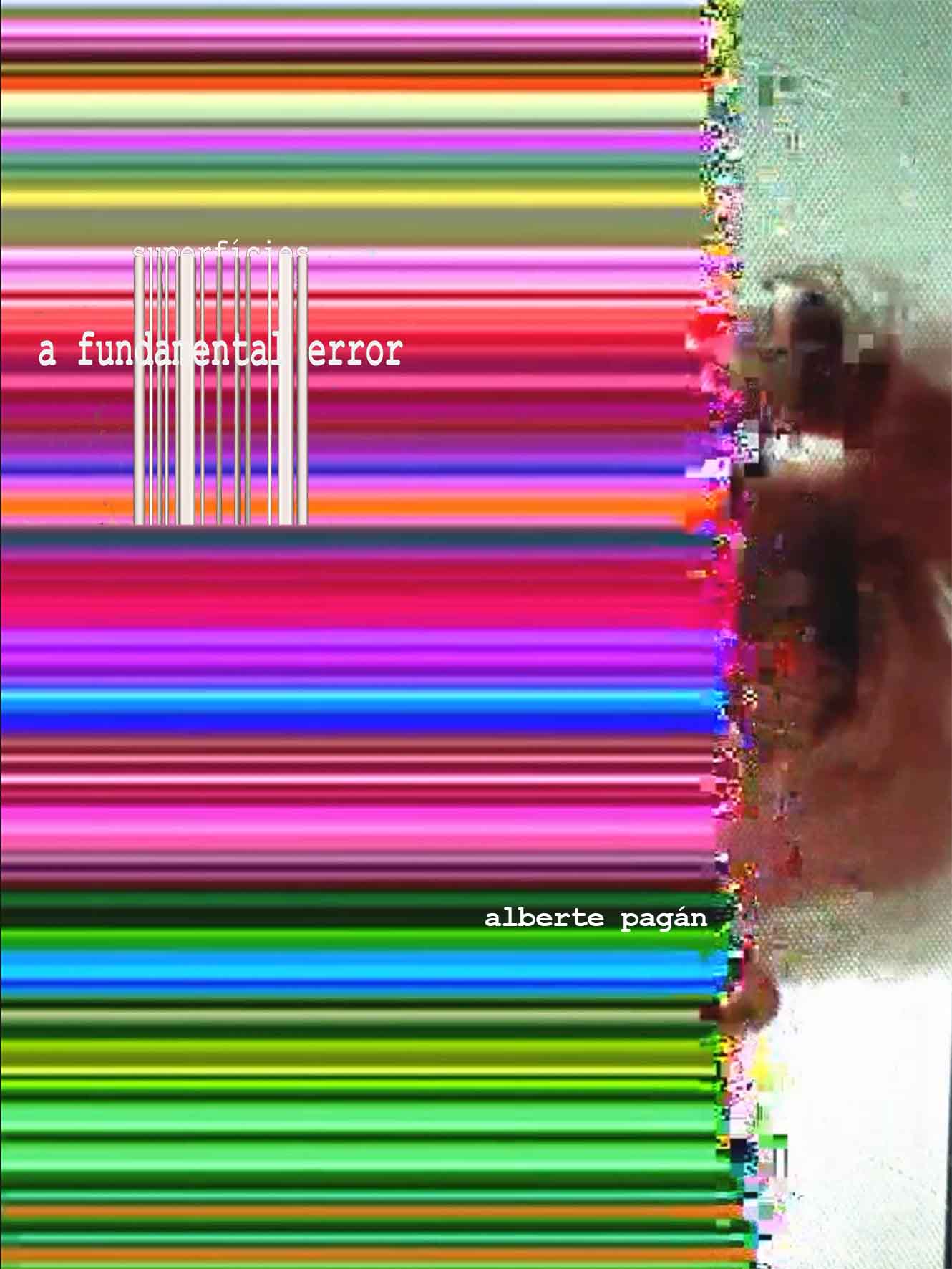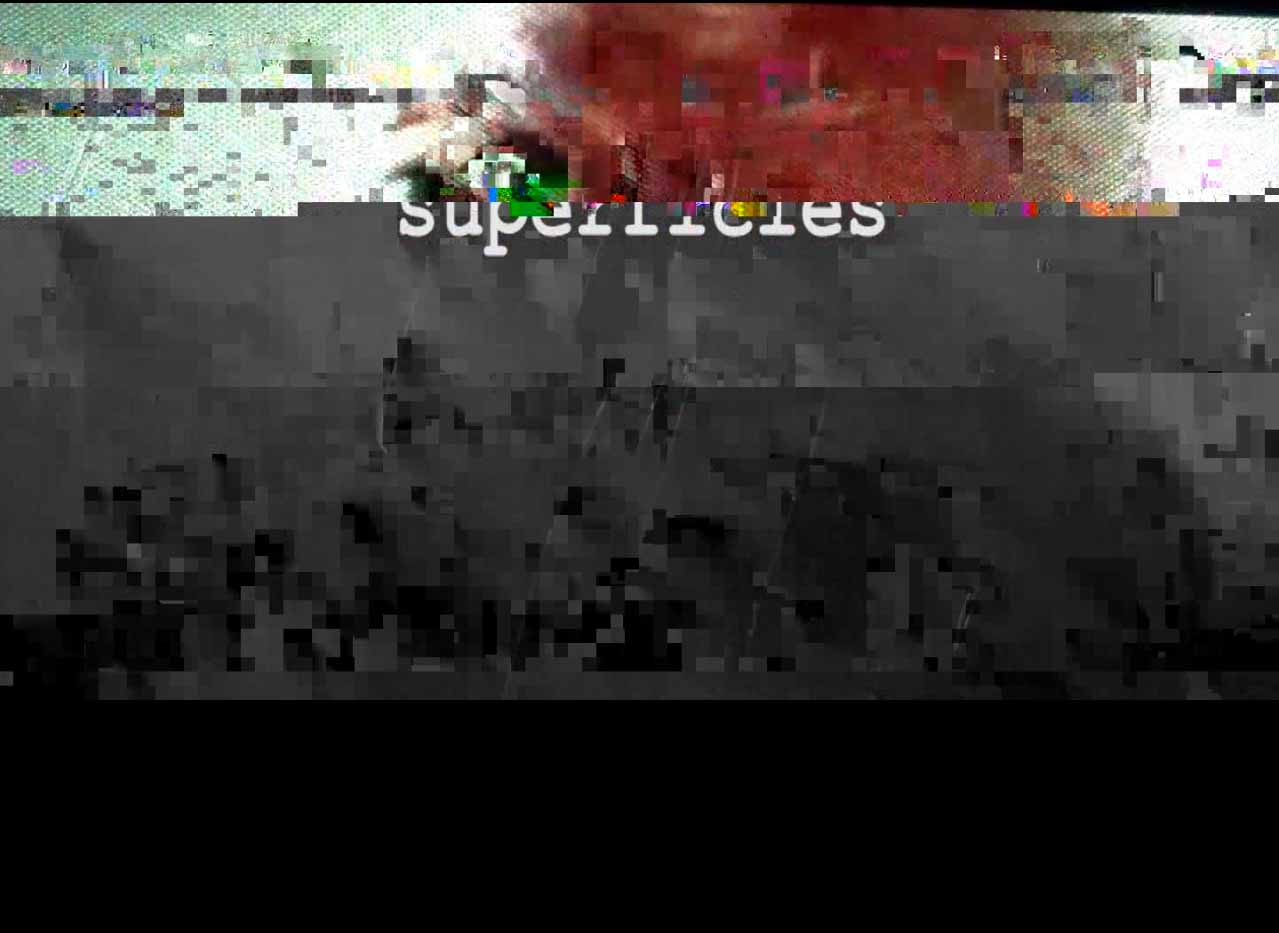|

Nom há forma sem matéria. Onde reside a materialidade do cinema digital? No seu código hexadecimal. A forma é a encarnaçom do código. É possível umha manipulaçom “material” do cinema digital, fedelhando nas suas cifras e letras, de igual jeito que se pode manipular o celuloide (o poliéster) rascando ou pintando ou aplicando lixívia à emulsom.
Mas as images resultantes som voláteis: cumpre fixá-las para deter umha evoluçom imprevisível. No cinema analógico, ademais do deterioro provocado polo projector, os elementos químicos usados para abstrair a image (de ser essa a ferramenta utilizada) continuam a trabalhar na emulsom, as folhas pegadas ao poliéster (de ser esse o elemento utilizado) continuam a apodrecer. Só umha cópia do trabalho pode deter o deterioro.
Podemos adentrar-nos na “emulsom” do cinema digital (diferente do vídeo, no que havia um suporte físico, a cinta magnética, susceptível de manipulaçom) acedendo ao seu código hexadecimal. Os resultados som igual de voláteis: dependendo do reprodutor usado, teremos uns resultados ou outros; e incluso o mesmo reprodutor nunca oferecerá as mesmas images a partir do mesmo arquivo.
Isto deve-se ao feito de que as images resultantes das nossas manipulaçons nom som “efectos”, senom “defectos”, “erros” ou “falhos” que cada reprodutor resolve como boamente pode. A única maneira de “fixar” os resultados desejados é fazendo umha captura de pantalha. (Nom abonda cumha cópia do arquivo, que conservaria os mesmos “erros”: o que cumpre é converter os erros em opçons estéticas, fixando assi os resultados.) Ruido digital estetizado.
Em A Fundamental Error retomo o meu retrato de Kubelka, Superfícies – Peter (tubo), no que refilmava o seu rosto projectado sobre umha pantalha de tubo, e aprofundo na sua degeneraçom. O adaíl do cinema analógico e meticuloso montador converte-se assi num baile de números e códigos completamente imprevisíveis.

There is no form without matter. Where does the materiality of digital cinema lie? In its hexadecimal code. Form is the embodiment of code. It is possible to “materially” manipulate a digital film by messing with its ciphers and letters, in the same way as we can manipulate celluloid (or polyester) by scratching, painting or applying bleach onto its emulsion.
But the resulting images are volatile: we must fix them if we want to stop an unpredictable evolution. In analog cinema, besides the wear of the film in the projector, the chemicals one may use to abstract the picture keep working at the emulsion; the leaves of grass you may glue to the film will eventually rot. You must make a print of your film if you want to stop deterioration.
We can get into the “emulsion” of digital cinema (different from video, as its magnetic tape could be physically manipulated) by accessing its hexadecimal code. The resulting images are equally volatile: depending on the video player we may use, the results will be different; the same video player will never offer us the same images when reading the same data for a second time.
This is due to the fact that the images our manipulation produces are not “effects” but “defects”, “glitches” or “errors”. Video players have to deal with them as best as they can. To “fix” the film you must make a screen capture. (A copy of the original file is not enough, as it would keep the same “glitches”: you must “fix” the errors so that they become aesthetic options.) Aestheticized digital noise.
A Fundamental Error is a retake on my portrait of Kubelka Surfaces – Peter (tube), in which I reshot his face off a tube screen. Here I delve into its hexadecimal code so that it degenerates even further. The champion of analog cinema, the meticulous montage artist, thus becomes an utterly unpredictable dance of digits and codes.

A Fundamental Error est la reprise de mon portrait Kubelka Surfaces – Peter (tube), dans lequel j’ai redessiné son visage sur un tube cathodique. Ici je plonge dans son code hexadécimal afin qu’il dégénère et aille encore plus loin. Le champion du cinéma analogique, l’artiste méticuleux du montage, devient ainsi une danse totalement imprévisible de chiffres et de codes.
Noite de rodos
(2016, 4’15”)
|